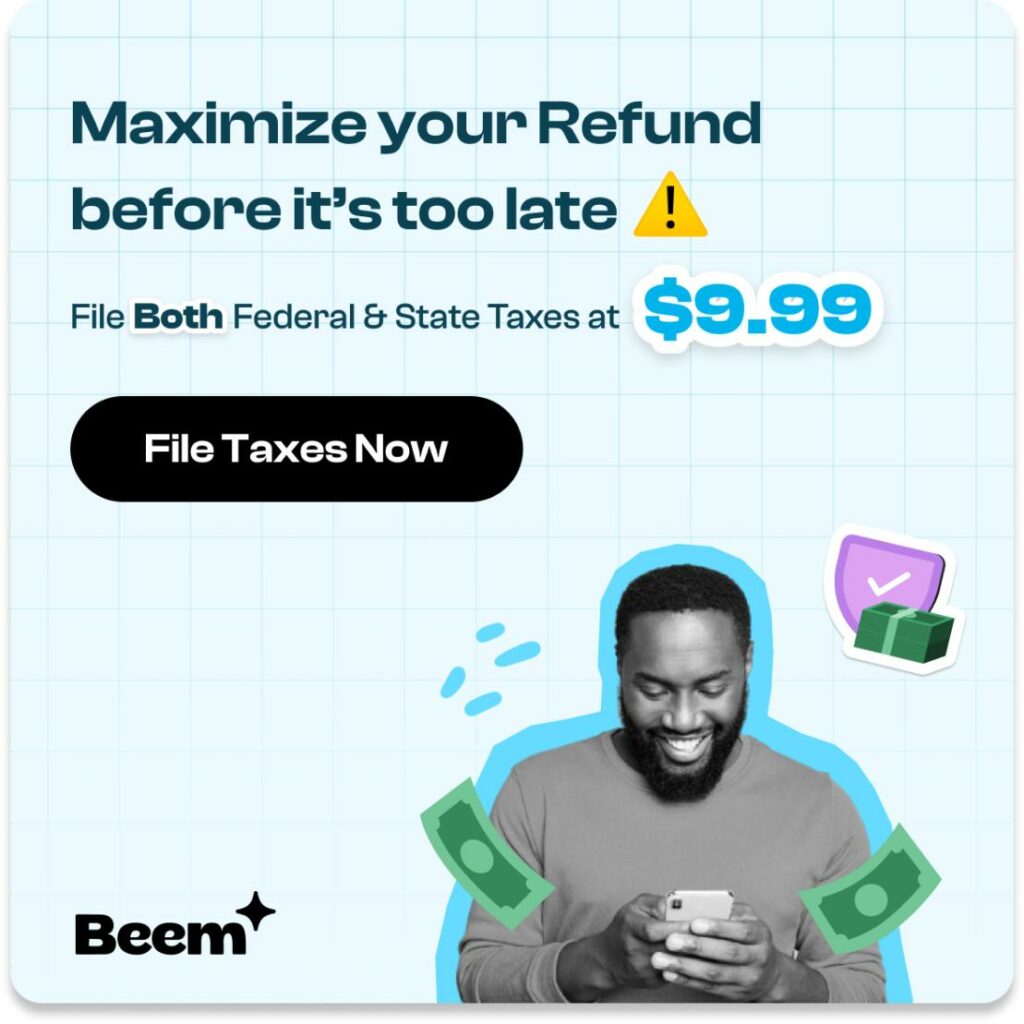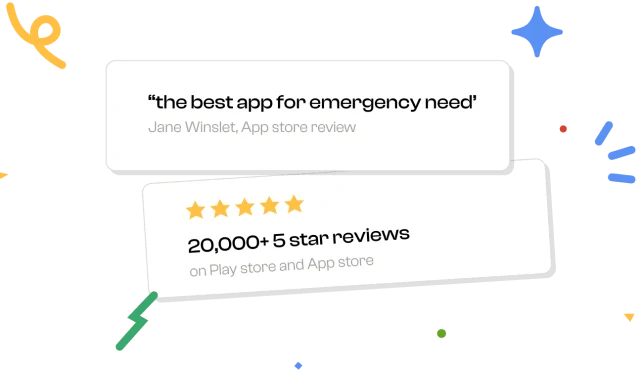Are you experiencing financial difficulty this tax season? Don’t worry, the IRS offers taxpayers a chance to comply with their federal tax obligations and manage their budTax ID numberget. That’s why the IRS offers payment options, such as installment agreements or plans. In this blog post, we’ll discuss what an IRS Tax Payment Plan is and how it can work for you.
What is an IRS Payment Plan?
In a payment plan, you agree to pay your federal tax bill over a specified period of time directly to the IRS. Apart from a short-term IRS payment plan, there is also a long-term IRS payment plan.
In most cases, you’ll make monthly payments to settle your debt. As long as you meet those requirements, the IRS usually won’t collect your wages or seize your assets. Interest and penalties for late payments won’t be waived by an IRS tax payment plan. They will still accrue until the balance is zero.
How to Qualify for an IRS Payment Plan?
Getting on a payment plan doesn’t require you to contact the IRS. The following criteria must be fulfilled in order to apply for a short or long-term plan online:
If you need to pay $50,000 or less in combined taxes, penalties and interest and you have filed all your returns, you qualify for a long-term payment plan.
A short-term IRS payment plan is available if your combined tax, penalties and interest are less than $100,000.
also know about: When to Hire a Tax Attorney
Minimum Monthly Payments for IRS Plans
Generally, you can choose what you want to pay each month. In other words, the IRS will ask you how much you can afford. The payment amount you choose must, however, pay off the debt within 72 months if you are on a long-term payment plan.
What are the Charges for an IRS Payment Plan?
Depending on the plan you select, how you apply, and whether you qualify for a fee reduction, the cost of an IRS tax payment plan varies.
| Payment plan type | Maximum you can owe to qualify | Setup fee and payment methods |
| Short-term payment plan (120 days) | A combined tax, penalty, and interest amount of $100,000. | Apply online, on the phone, by mail, or in person for $0 if you do not have an account. You can pay your balance by Direct payments (withdrawals from your checking account or savings account), Using the IRS’s Electronic Federal Tax Payment System, and you can pay your taxes online or over the phone. You can pay with a check, money order, or debit/credit card. |
| Long-term payment plan (120 days or more) | $50,000 in combined tax, penalties, and interest. | You can pay by automatic debit withdrawal if you: An online application fee of $31 is required. For phone, mail, and in-person applications, there is a $107 setup fee. Low-income taxpayers may be exempt from the setup fee. The following information applies to other payment methods (e.g., Direct Pay, EFTPS, or money orders): Online applications require a setup fee of $130. In-person, by mail, or by phone, there is a $225 setup fee. A $43 setup fee is required for low-income taxpayers; it may be refunded later. |
Contacting the IRS by phone or mail is another way for taxpayers to request an extended short-term payment plan.
What Else You Need to Know
- Low-income applicants may be eligible if their adjusted gross income is below 250% of the federal poverty level. Taxpayers who qualify for the IRS’s low-income program can waive the user fee if they agree to let the IRS make automatic withdrawals from their bank accounts. (See IRS Form 13844 to see if you qualify.) In the event you are unable to make electronic debit payments, you may be eligible for a refund when your balance is paid off.
- You’ll have to pay a processing fee if you pay through a debit or credit card. A debit card transaction typically costs between $2 and $4, while a credit card transaction can cost up to 2%.
- You must make payments if you owe more than $25,000 via automatic withdrawals from a bank account (“direct debit ”).
also know about: How to Create an Online IRS Account
What do You Need to Apply?
To apply, you will need to verify your identity, which means having the following information:
- The name that appeared on your most recent tax return is the one you should use.
- You need to valid email address.
- You can find your address on your most recent tax return.
- Describe your date of birth.
- Status of filing.
- You will need your Social Security number or Individual Tax ID number.
- Amount due on balance.
- An activation code is received by mail, a financial account number or a mobile phone registered to your name (usually takes five to ten days).
Here’s a time-saving tip: With the same user ID and password as your previous IRS account, tax transcript, or Identity Protection PIN, you can probably log in. The IRS also accepts IRS Form 9465 by mail.
Also know about: What Is IRS Form 1099-DIV
How to Make Changes to IRS Payment Plan?
A number of tools are available online through the IRS, allowing you to change your monthly payment amount, change the monthly due date, set up automatic withdrawals and reinstate a payment plan that has fallen behind. You can use that method, however, only if you do not make payments by direct debit.
You need to contact the IRS directly if your payments are automatically withdrawn from your bank account. If your plan goes into default, you might have to pay a reinstatement fee.
also know about: What is the 2023 IRS Mileage Rate
Do I Need to go Through the IRS for a Tax Payment Plan?
Yes, of course. A payment plan does not require you to pay a third party. In the event that you hire a tax-relief company to settle your debt, you may need to grant them power of attorney to apply for an IRS settlement on your behalf. On its website, the Federal Trade Commission warns consumers to proceed with caution and do their research:
Generally, most taxpayers don’t qualify for these programs, their companies don’t settle all tax debts, and in many cases, these fraudsters fail to request participation in these programs from the IRS. These companies not only fail to refund their customers but leave them even further in debt as a result.
File your taxes with Beem. Estimate your Federal and State taxes with Beem’s Tax Calculator. Enjoy online tax filing with our 100% accuracy and get the maximum refund. Get started now.





























